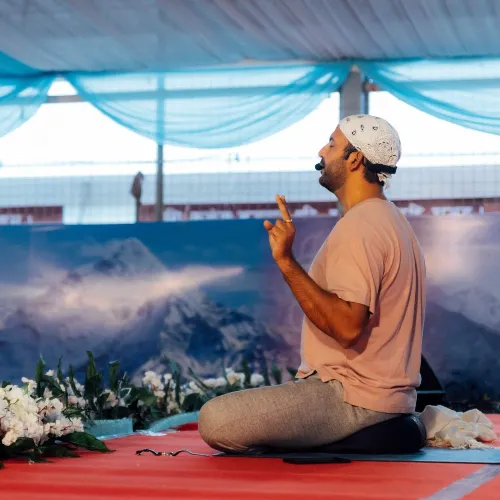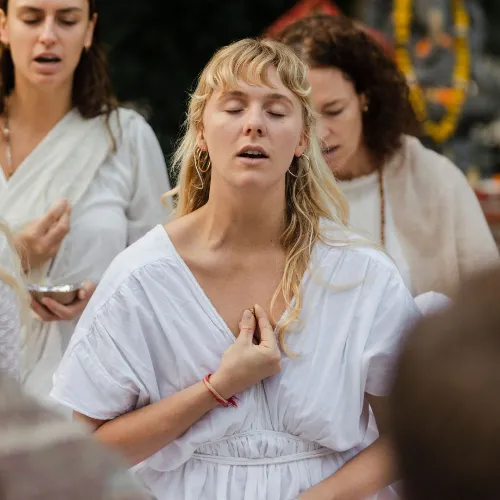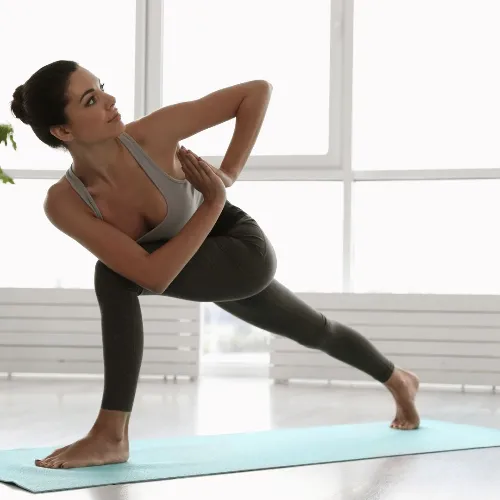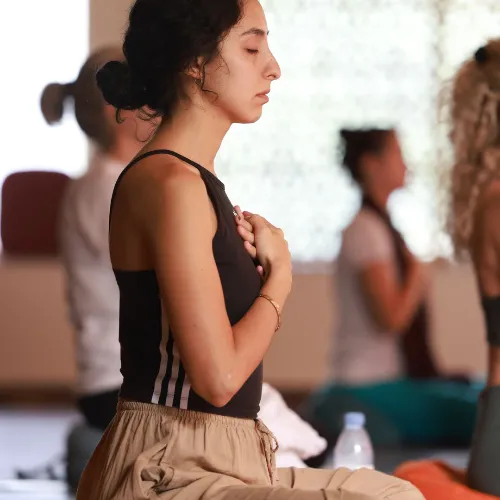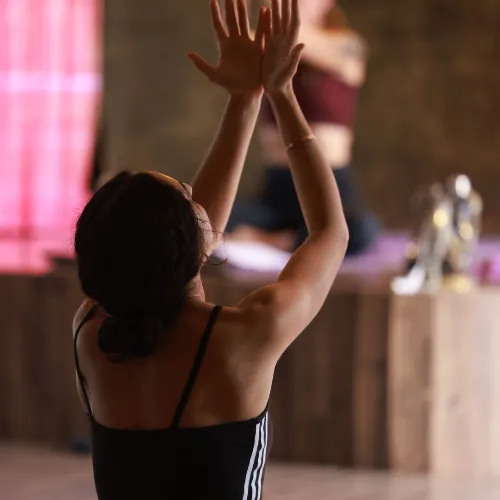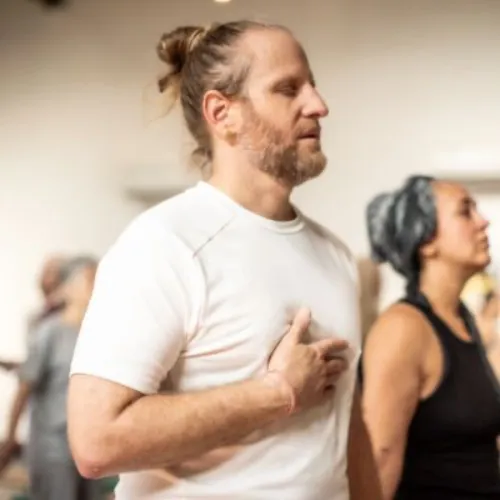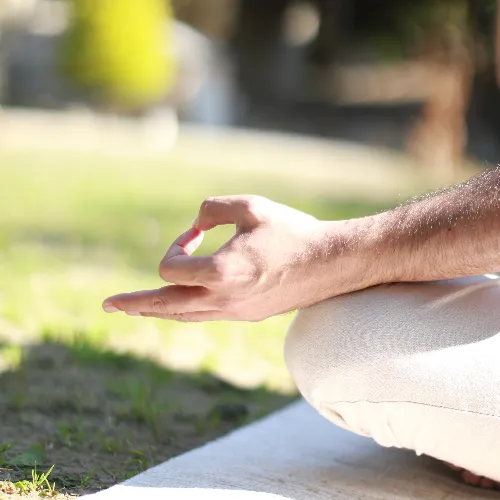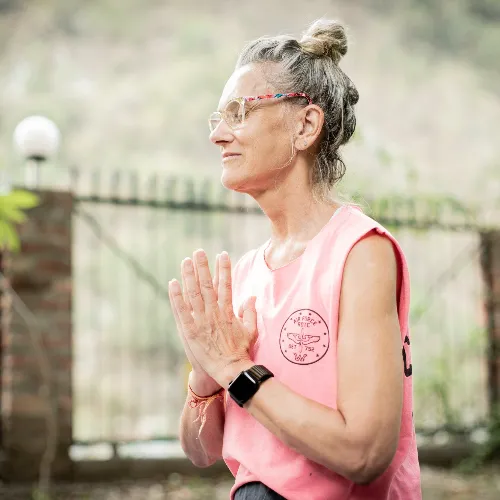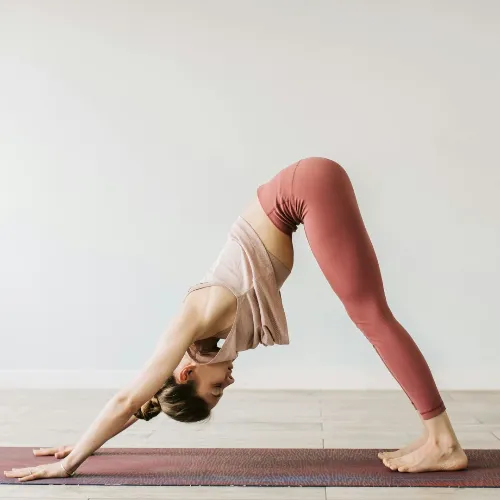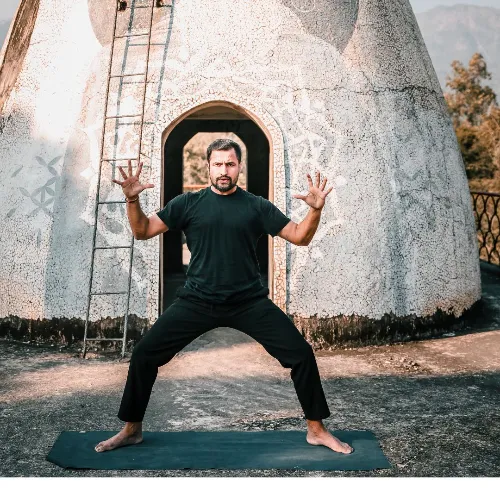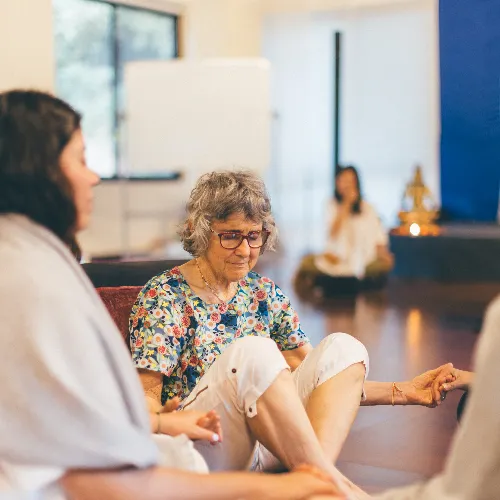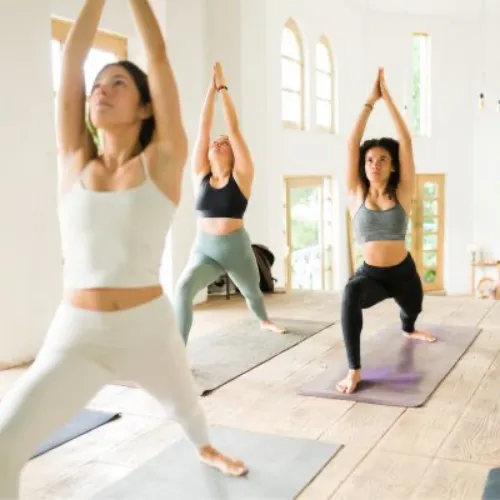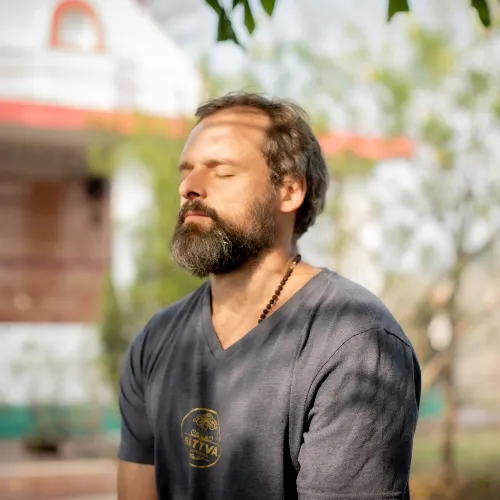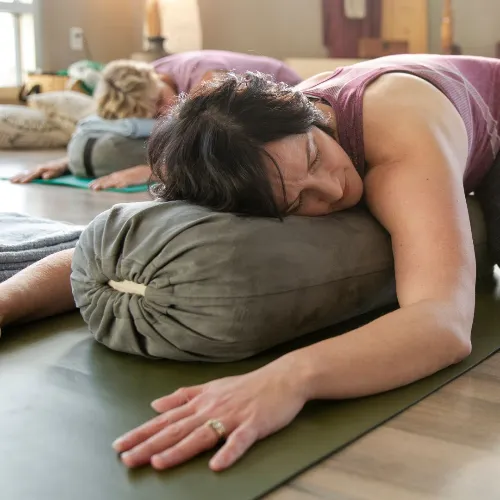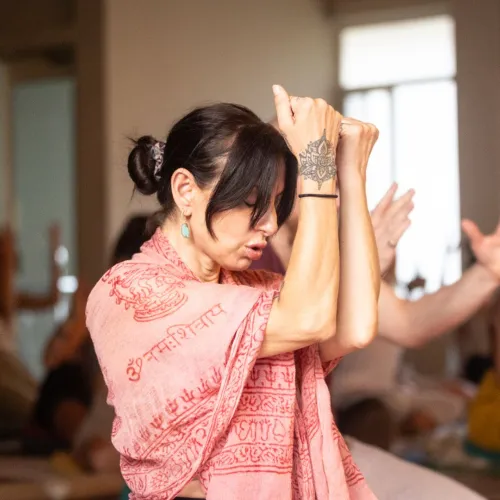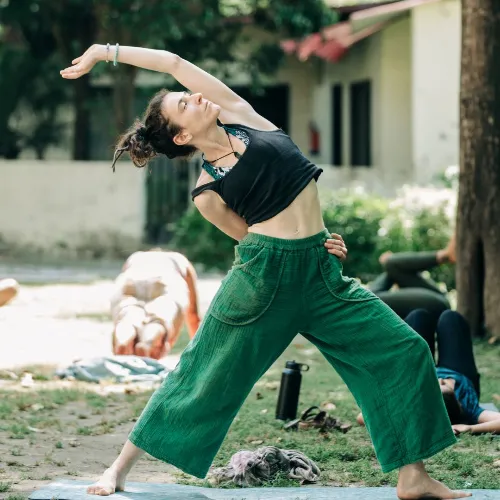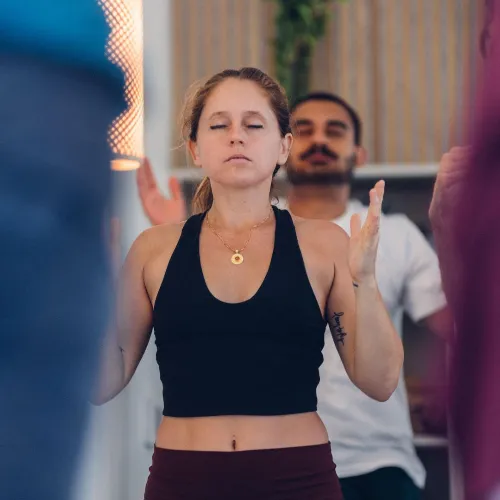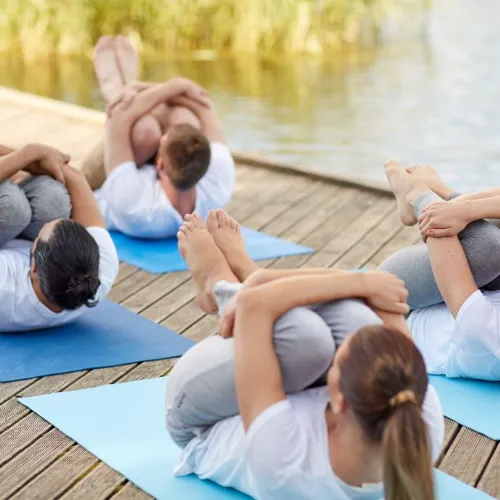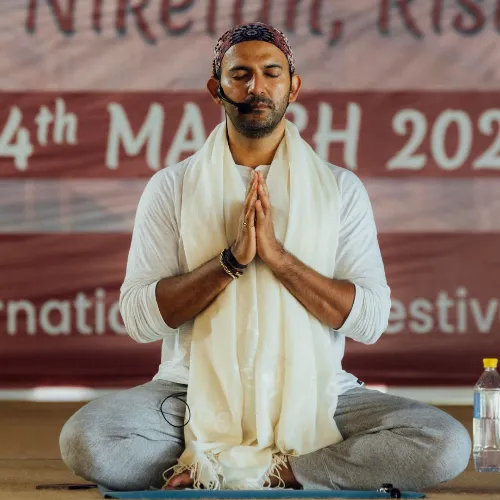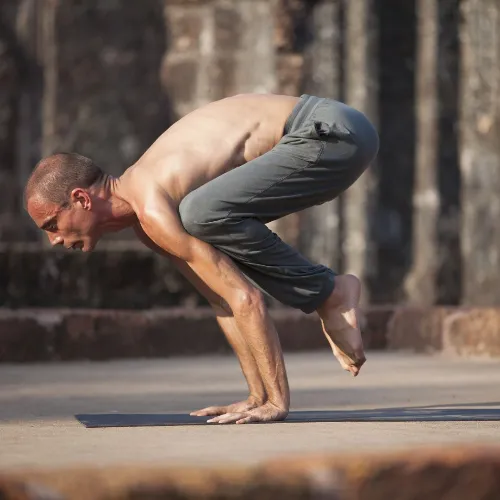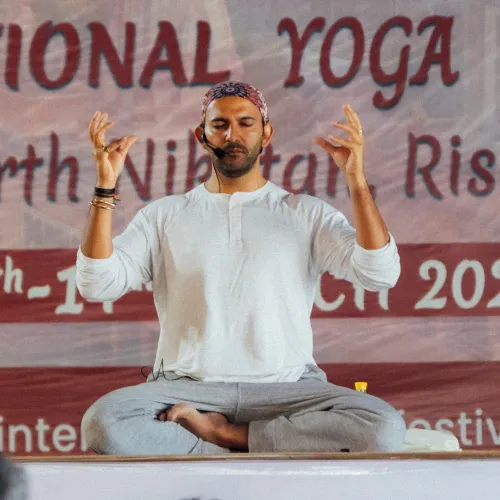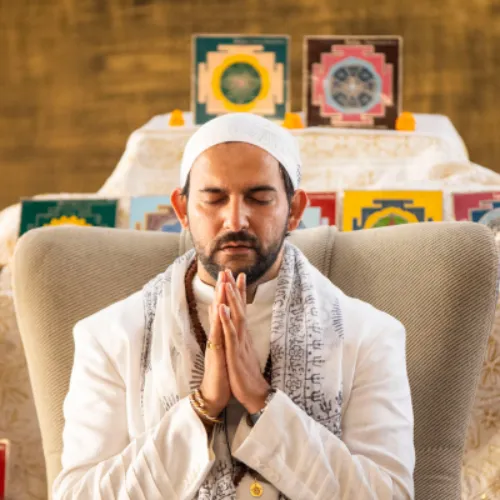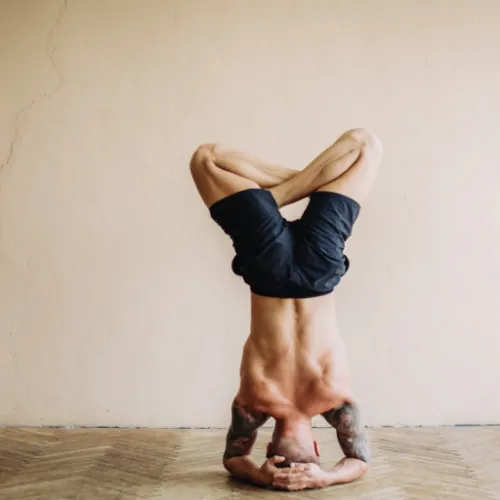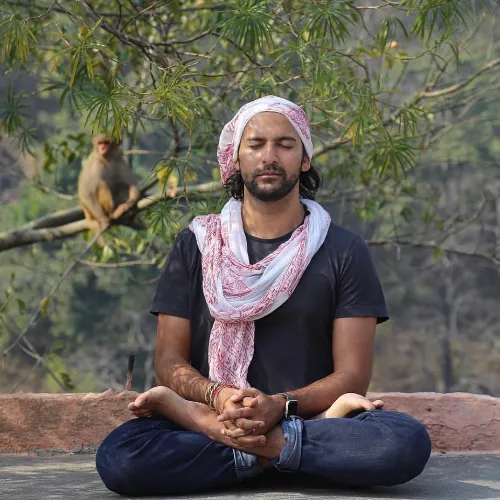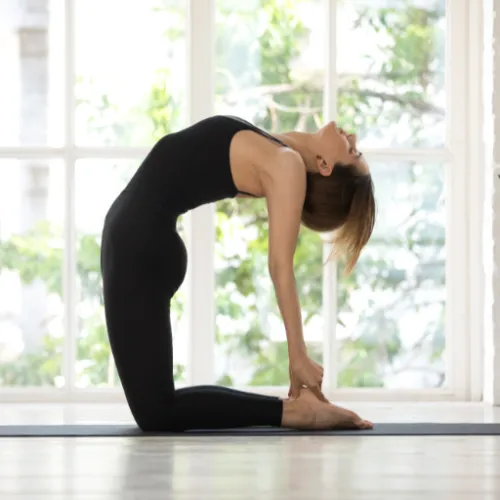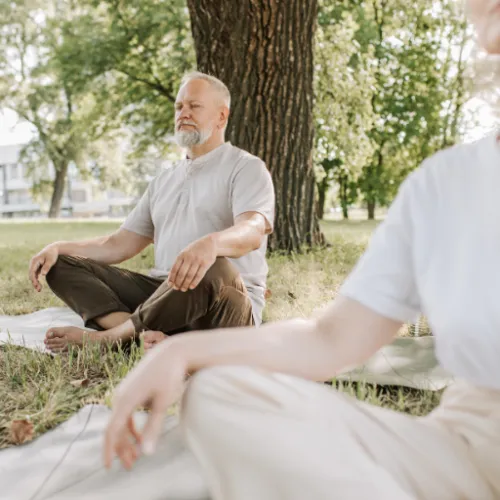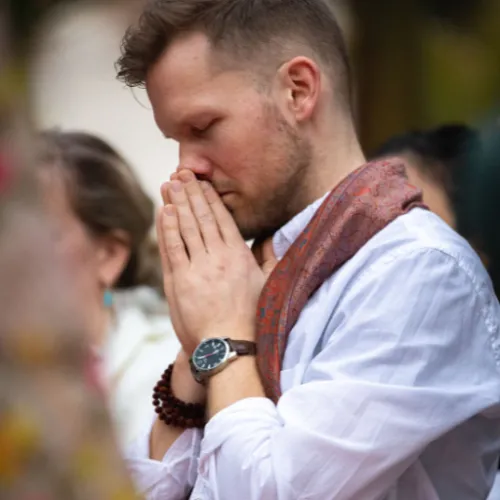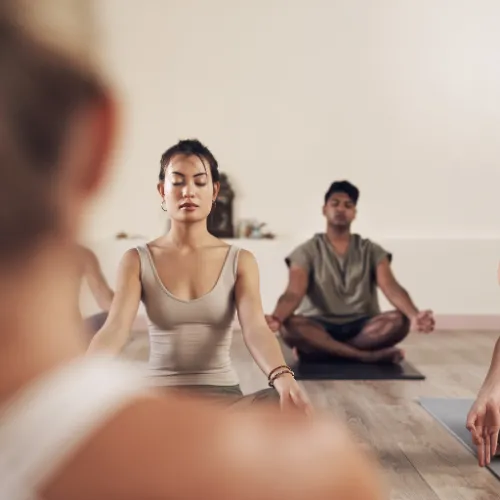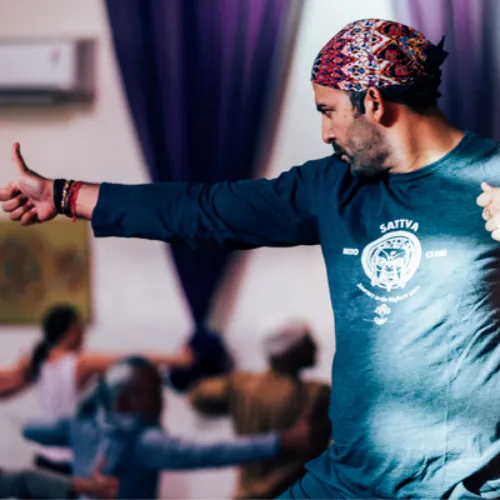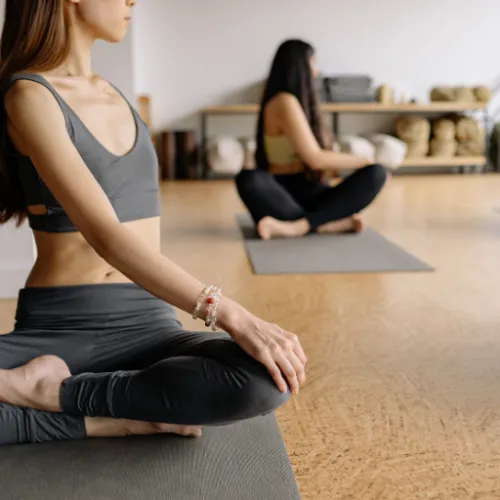


Breathe Deeply. Move Mindfully. Love Your Heart.
In today’s fast-paced world, heart disease remains one of the leading causes of illness and mortality. With rising stress levels, sedentary habits, and lifestyle-related risk factors, it’s never been more important to care for your heart.
While aerobic exercise and a healthy diet are often prescribed for cardiovascular wellness, yoga offers a powerful, complementary approach — one that strengthens the heart not just physically, but emotionally and energetically as well.
Let’s explore how yoga supports heart health — and why it belongs at the center of a heart-smart lifestyle.
The Connection Between Yoga & Heart Health
Yoga is more than stretching or stress relief. It’s a holistic practice that engages your entire being — body, breath, mind, and spirit. And the heart, both physically and metaphorically, is at the center of it all.
Research shows that regular yoga practice can:
These benefits stem from yoga’s unique ability to calm the nervous system, improve circulation, and increase oxygen intake — all of which nourish the cardiovascular system.
How Yoga Supports Cardiovascular Health
1. Reduces Stress & Anxiety
Chronic stress is a major contributor to heart disease. It triggers the release of hormones like cortisol and adrenaline, which elevate heart rate and blood pressure over time.
Yoga activates the parasympathetic nervous system — the “rest and digest” branch — which counteracts the stress response. Through pranayama (breathwork) and relaxation-based poses, yoga calms the mind and reduces physiological strain on the heart.
Try: Child’s Pose, Legs Up the Wall, Savasana
2. Improves Circulation
As you move through yoga postures, muscles contract and release, encouraging blood flow throughout the body. This boosts oxygen and nutrient delivery, supports detoxification, and enhances overall circulation — all of which lighten the heart’s workload.
Poses that open the chest and elevate the legs are particularly beneficial for heart health.
Try: Downward Dog, Bridge Pose, Warrior II
3. Enhances Lung Function & Oxygen Intake
Breathing practices like Ujjayi and Kapalabhati increase lung capacity, stimulate the vagus nerve, and improve oxygen delivery to the body.
This helps regulate heart rhythm, improve endurance, and support a calmer cardiovascular response to stress.
Try: 4-Part Breath, Alternate Nostril Breathing (Nadi Shodhana)
Heart-Healthy Yoga Poses
Here are a few poses that directly benefit cardiovascular function:
Downward-Facing Dog (Adho Mukha Svanasana)
Stimulates circulation, opens the chest and shoulders, and stretches the spine.
Warrior Poses (Virabhadrasana I–III)
Build strength and endurance, engage the cardiovascular system, and encourage full-body awareness.
Bridge Pose (Setu Bandhasana)
Opens the heart space, tones the spine, and supports relaxation of the nervous system.
Cobra Pose (Bhujangasana)
Enhances lung capacity and reduces tension in the chest, supporting emotional and physical heart function.
Legs Up the Wall (Viparita Karani)
A deeply restorative pose that lowers stress, improves venous return, and calms the cardiovascular system.
Yoga as a Complement to Heart-Healthy Living
While yoga is a powerful tool, it works best when paired with other heart-supportive practices, including:
Yoga enhances your heart’s health not just through movement, but by changing the way you relate to stress, emotion, and your body — creating lasting benefits that go beyond any single workout.
A Heart-Centered Path
Your heart is more than a muscle — it’s an emotional and energetic center. And yoga, at its essence, is a practice of coming back to the heart.
It teaches us to move with awareness, breathe with intention, and live from a place of balance. Through consistent practice, yoga cultivates emotional resilience, inner peace, and a deeper connection to the rhythm of life itself.
So, whether you’re managing risk factors, recovering from stress, or simply wanting to love your heart more deeply — yoga can guide the way.
Begin Today
Because every time you step onto your mat, you’re not just strengthening your body.
You’re nurturing your heart — with love, with breath, and with presence.

